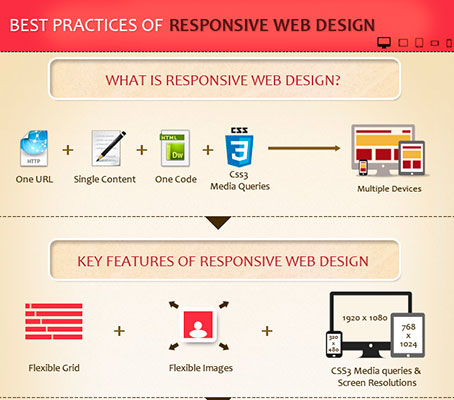Intrigued In Finding Out Just How Website Layout Has Developed? Take A Trip With The Transformation
Intrigued In Finding Out Just How Website Layout Has Developed? Take A Trip With The Transformation
Blog Article
Material Created By-Hartley Lunde
In the past, websites were easy and focused on information. Navigation was straight, and design was for desktops. Currently, customer experience is vital. Information overviews layouts for easy navigation. Receptive designs match different tools. Today, dark setting minimizes pressure, and minimal menus improve navigating. Interactive attributes engage individuals, and vibrant visuals stick out. AI integration increases involvement. See just how style has developed to improve your on-line trip.
Early Days of Web Design
In the early days of web design, simplicity reigned supreme. hop over to this website were standard, with restricted shades, font styles, and layouts. The focus was on offering information as opposed to flashy visuals. Users accessed the net via sluggish dial-up connections, so speed and functionality were crucial.
Navigating menus were straightforward, usually located at the top or side of the web page. Sites were made for computer, as mobile surfing wasn't yet common. Content was king, and designers prioritized very easy readability over complicated style elements.
HTML was the key coding language used, and developers needed to work within its constraints. Animations and interactive features were minimal compared to today's standards. Web sites were static, with little dynamic web content or tailored customer experiences.
Increase of User-Focused Style
With the evolution of web site design, a shift in the direction of user-focused style concepts has ended up being significantly prominent. Today, developing web sites that prioritize individual experience is critical for engaging site visitors and accomplishing business objectives. User-focused style involves understanding the demands, preferences, and habits of your target market to customize the web site's design, web content, and features as necessary.
Designers now perform thorough research study, such as user surveys and usability testing, to collect insights and feedback directly from users. This data-driven method aids in producing instinctive navigation, clear calls-to-action, and aesthetically attractive interfaces that resonate with site visitors. By placing the individual at the center of the design procedure, internet sites can provide a more individualized and satisfying experience.
Receptive style has also emerged as an essential aspect of user-focused design, making sure that internet sites are optimized for various devices and screen sizes. This flexibility enhances availability and usability, satisfying the diverse ways users engage with sites today. In essence, the increase of user-focused design symbolizes a shift towards producing electronic experiences that focus on the requirements and assumptions of the end user.
Modern Trends in Website Design
Discover the current trends forming web design today. One noticeable pattern is dark setting design, using a sleek and modern-day appearance while lowering eye pressure in low-light settings. One more crucial pattern is minimal navigating, simplifying menus and boosting customer experience by focusing on essential elements. Integrating micro-interactions, such as animated switches or scrolling effects, can create a more engaging and interactive website. Receptive layout remains vital, guaranteeing smooth user experiences across different devices. Additionally, utilizing strong typography and unbalanced formats can include aesthetic interest and draw attention to particular content.
Incorporating AI innovation, like chatbots for client support or customized suggestions, improves user interaction and improves procedures. Accessibility has also become a significant trend, with developers prioritizing inclusive layout practices to accommodate diverse customer requirements. Embracing sustainability by maximizing site performance for speed and performance is an additional arising pattern in web design. Teaming up with individual feedback and information analytics to repeat and enhance layout constantly is important for staying relevant in the ever-evolving digital landscape. By embracing these modern-day patterns, you can develop a visually attractive, easy to use site that resonates with your target market.
Final thought
As you assess the evolution of web site style from the early days to now, you can see how user-focused style has ended up being the driving pressure behind modern patterns.
Accept the trip of adjustment and adjustment in website design, constantly keeping the user experience at the leading edge.
Tippingpointdigital
Stay present with the most recent patterns and modern technologies, and never ever quit progressing your approach to create visually sensational and easy to use internet sites.
Advance, adjust, and create - the future of website design remains in your hands.
